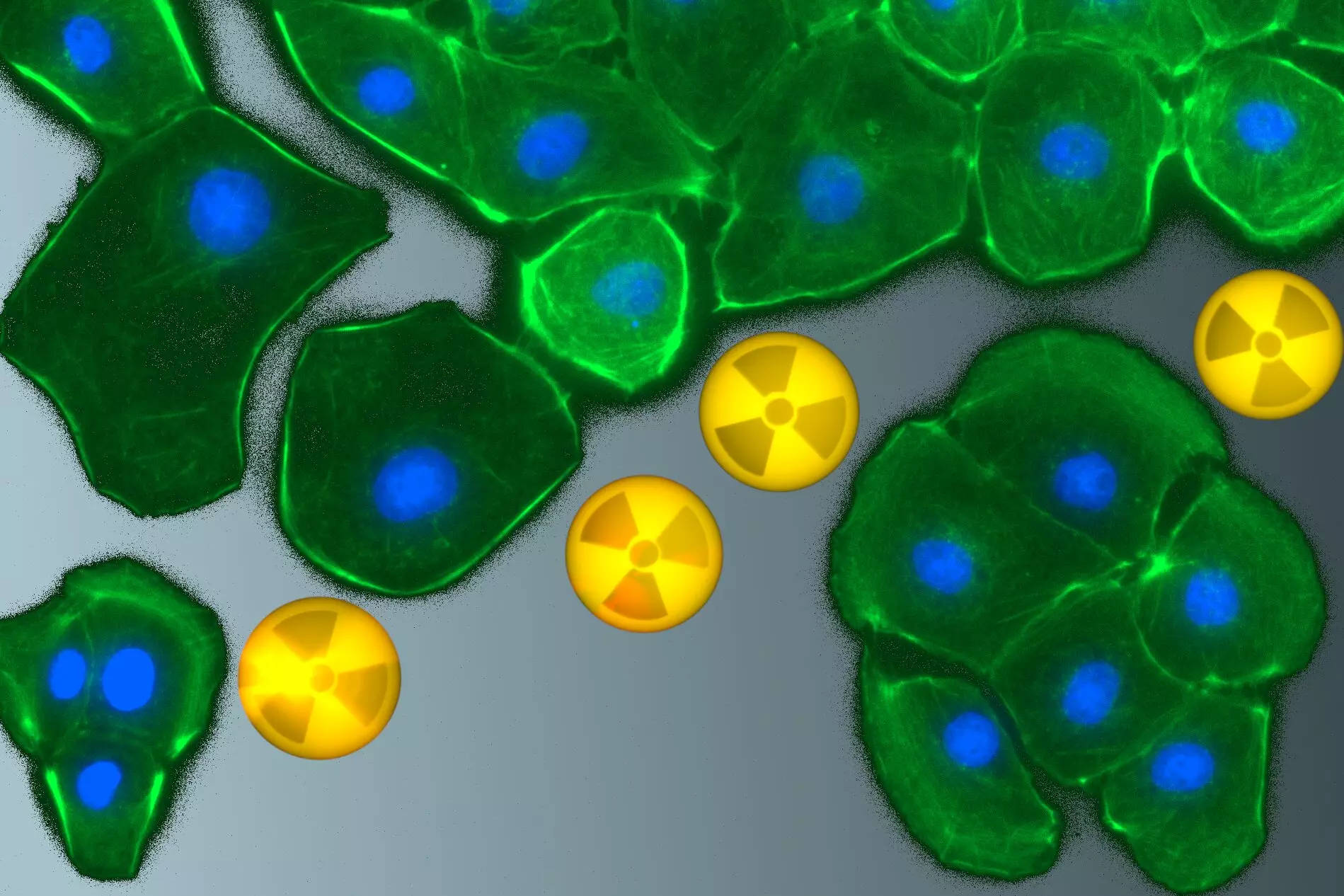Radionuclides, the radioactive isotopes that exist within our environment, pose a significant threat to both human health and ecological systems. As they infiltrate our bodies through various pathways—be it inhalation, ingestion, or open wounds—they bring with them a host of potential health risks. The gravitas of this issue cannot be overstated, especially considering that the long-term consequences of such exposures remain inadequately understood. Recent focus has primarily centered on animal studies, pushing the boundaries of knowledge, yet leaving a conspicuous gap in our comprehension of cellular and molecular toxicity, particularly in mammalian kidney cells.
The kidneys are critical detoxifiers in mammals, primarily responsible for processing heavy metals and radioactive elements, thus facilitating their excretion. This vital organ system serves as a frontline defender against the potential harm induced by these hazardous materials, making it the perfect subject for in-depth research. With the wealth of naturally occurring radioactive metals unleashed into the environment through geological processes, alongside industrial and medical proliferation over the past six decades, a pressing need exists to fully explore the implications of radionuclide exposure at the cellular level.
The Role of Research Institutions
At the forefront of this exploration is a detailed study conducted by a collaboration between the Helmholtz-Zentrum Dresden-Rossendorf (HZDR) and TU Dresden. Their work, published in the Science of the Total Environment, boldly challenges existing assumptions about the biological behavior of radioactive heavy metals within kidney cells. Lead researcher Dr. Astrid Barkleit articulates the severity of this situation, emphasizing the dual threats posed by acute and chronic exposure. Understanding how these elements navigate the bloodstream to affect kidney function is essential for developing effective countermeasures.
Not only is it imperative to grasp the distribution of these radionuclides within the body, but clarity must also be sought regarding their biological and chemical interactions. Utilizing innovative mathematical biokinetic models, this research aims to illuminate the dynamics of how radioactive materials accumulate—and subsequently, the biological mechanisms responsible for their toxicity and excretion remain shrouded in mystery.
Investigating the Chemical Behavior of Heavy Metals
The interdisciplinary team zeroed in on examining the reactivity of heavy metals such as barium(II), europium(III), and uranium(VI) on kidney cells under controlled laboratory conditions. By applying advanced cell culture techniques at TU Dresden’s Central Radionuclide Laboratory, researchers successfully monitored cell viability, mechanisms of cell death, and the intracellular uptake of heavy metals. Notably, the study employed sophisticated analytical techniques—such as luminescence spectroscopy—to visually capture metal distribution within the cells, unveiling how the body responds at the cellular level to harmful elements.
One particularly interesting aspect of their research involves the choice of heavy metals selected for analysis. The selected barium(II) serves as a safe alternative to naturally occurring radium(II), while europium(III) stands in for radioactive counterparts like americium(III) and curium(III). This differentiation hinges on chemical similarities yet diverges in the context of safety, illuminating valuable spectroscopic properties. Uranium(VI), easily soluble and prevalent in discussions around radioecology, gains additional significance given the lingering impact of uranium mining—issues of soil and water contamination persist, complicating future remediation strategies.
Cellular Reactions: Insights Gained
Through the meticulous process of adding aqueous metal solutions to kidney cell cultures, the researchers observed dramatic cellular changes as the heavy metal ions shed their hydration shells and interacted with the bioligands encompassing the cells. The varied cellular responses illuminated how specific heavy metals induced different physiological alterations: some cells exhibited swelling, while others showed fragmentation of their membranes or detachment of cellular structures.
The implications of these findings are profound. By unraveling these interactions at the molecular and cellular scales, the research team lays the groundwork for subsequently identifying efficacious decorporation agents—complexing agents designed to expeditiously and safely eliminate toxic heavy metals that have entered the body. This dual-focus approach not only enriches our foundational knowledge of metal toxicity but also paves the way for developing targeted therapies capable of mitigating the health risks posed by radionuclide exposure.
The burgeoning field of renal toxicity research on radionuclides is imperative as we begin to grasp the universe of health risks tied to these elements. Understanding the complexity of heavy metal interactions within kidney cells will guide effective protective strategies, enhance radiological safety measures, and fortify public health initiatives in the face of increasing environmental contamination.


Leave a Reply